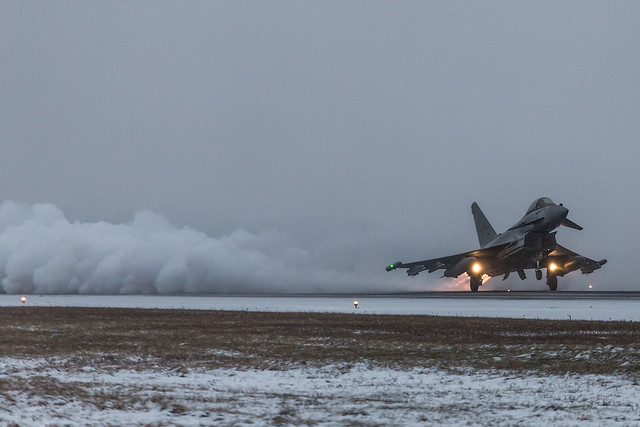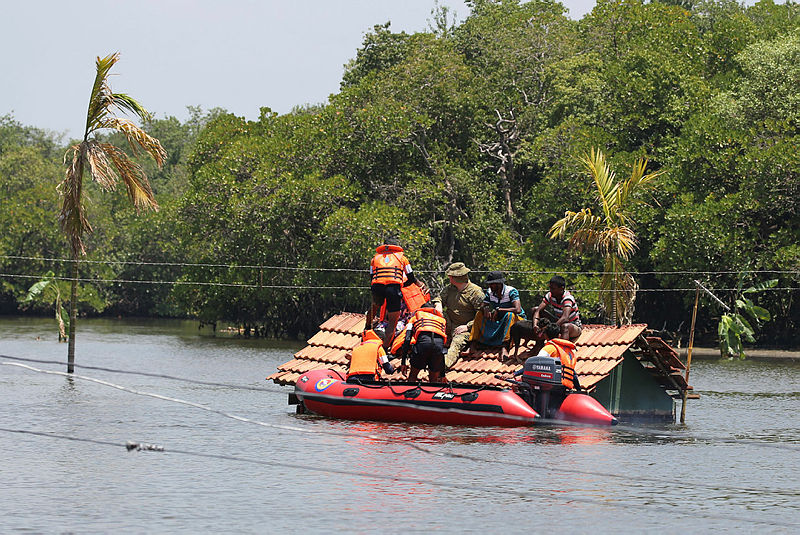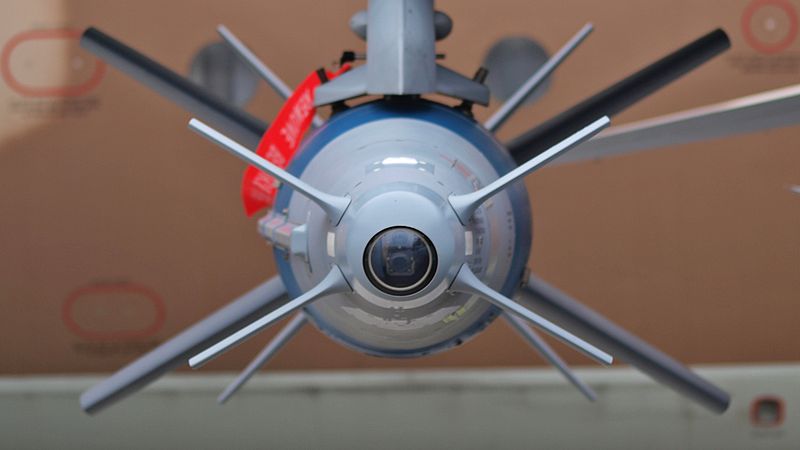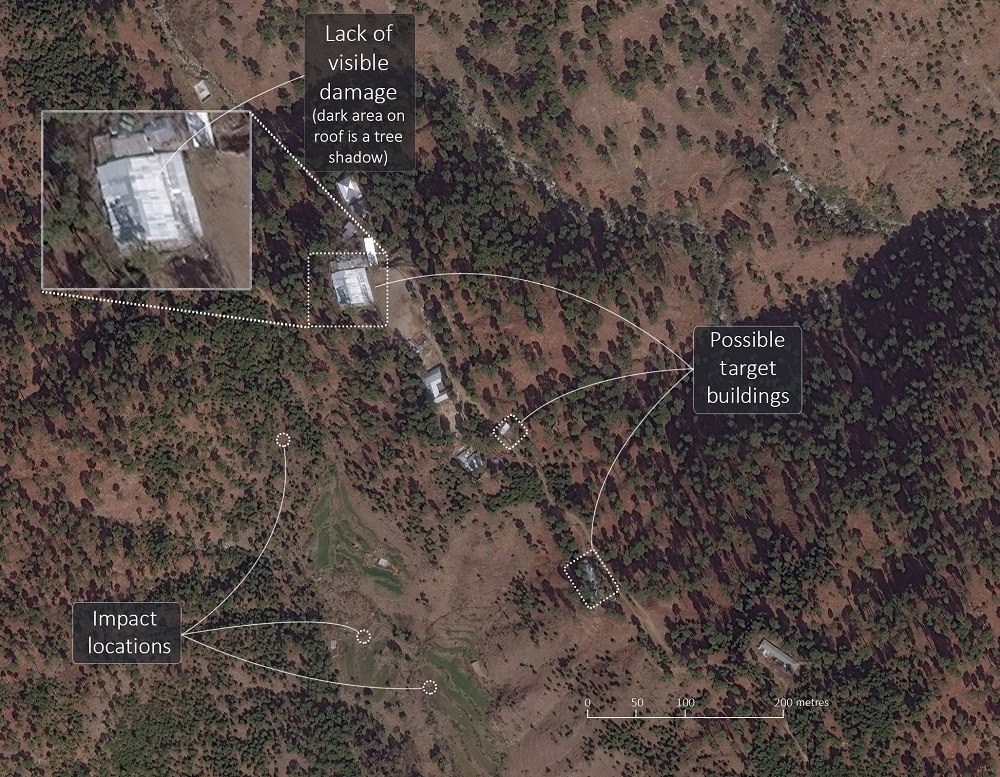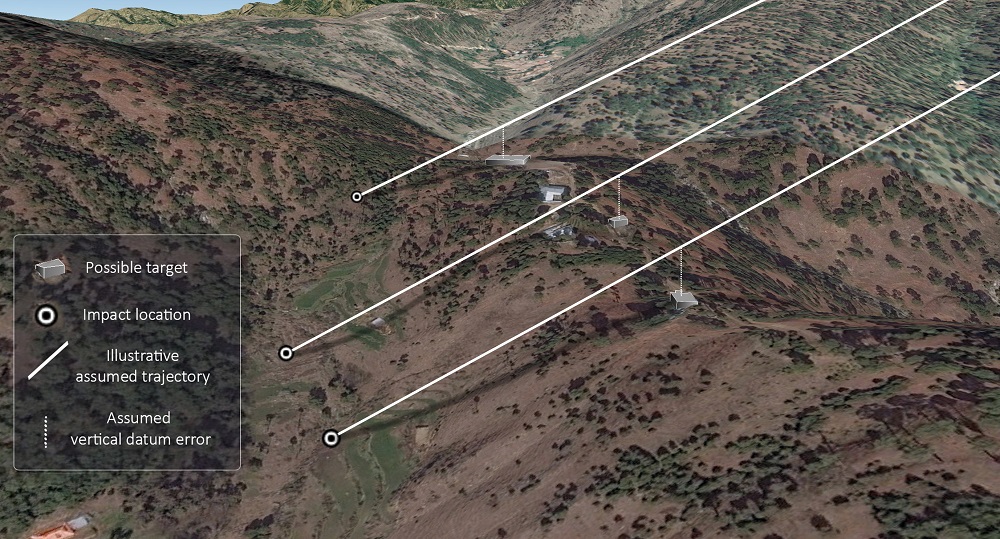National security wrap

The beat
San Francisco to ban facial recognition technology
San Francisco is planning to ban the use of facial recognition technology by the city government and police. There will also be a requirement for the public to be notified before other surveillance technology, including automatic licence plate readers and predictive policing software, is adopted. The ban will be the first by a US municipality, as the city addresses the potential abuses of technology. It comes after studies showed existing racial biases in policing can be reinforced by biases in the technology.
Gang leader killed in airport raid
A suspected gang leader has been shot dead after a raid on an Austrian Airlines plane on a runway at Albania’s Tirana International Airport. Albanian police believe that the gang had prior knowledge of €10 million (A$16 million) in cash being carried as cargo on the plane. One gunman was shot in the head and the other two gang members remain at large. Albania’s central bank does not accept hard cash deposits and organised gangs have been behind previous raids on transfers to Vienna.
Indian police detain protesters
More than 50 women were briefly detained by police in India after an inquiry found Chief Justice Ranjan Gogoi not guilty of sexual harassment. In April, a former court employee accused Gogoi of sexually harassing her when he was appointed to the role. His accuser decided to withdraw from the inquiry, saying she did not believe it would be fair. India’s Supreme Court had questioned the veracity of her claims, calling for a separate investigation into a possible conspiracy against Gogoi.
Checkpoint
Hundreds killed on Ethiopia–Sudan border
More than 200 people have been killed in an ongoing territorial dispute on the border between Ethiopia and Sudan . The violence in the north-eastern Ethiopian state of Amhara is said to have begun with disputes over the payment of labourers, and no arrests over the killings have been made by Ethiopian authorities. Ethnic nationalists from Amhara have been attempting to re-draw territorial boundaries between Sudan and Ethiopia since they were set in 1992.
Venezuelans caught in border shootout
A video shows people ducking for cover as a shootout between armed groups began near a crowded border crossing between Colombia and Venezuela. The incident occurred on an unauthorised dirt road border crossing, or trocha, near the Simon Bolivar International Bridge, used by Venezuelans who use Colombia as a lifeline for food and medicine. Trochas are controlled by criminals who harass and rob those using the crossing.
Masked men stop Turkish asylum seekers
Turkish asylum seekers attempting to cross the border into Greece have said they’ve been beaten and pushed back by masked men armed with batons. On a second attempt, the same asylum seekers tried to cross the border from the Evros River and were arrested by Greek police and taken into custody. A report was published by NGOs last year detailing the ‘push-back’ practices of Greek law enforcement officers.
CT Scan
Right-wing extremism on the rise in Germany
German authorities say the number of far-right extremists and fringe groups in the country has increased by 50% in two years and the German government says that monitoring far right-extremists there is becoming more difficult. This is largely due to the fragmentation of traditional extremist groups, the rise of fringe groups and the increasing potential for lone wolf attacks. Research by The Economist found a concerning similarity between German far-right voting patterns in 1933 and now.
Undocumented children a ‘ticking time bomb’
The European Union’s anti-terrorism chief says 45,000 children born in Iraq amount to a ‘ticking time bomb’ and could be the ‘next generation of suicide bombers’. As the children were born in areas then controlled by the Islamic State terror group they do not have Iraqi citizenship. Their IS-issued birth certificates are not recognised by the Iraqi government, potentially denying them the right to medical care, schooling and jobs. See this report by the Norwegian Refugee Council for more on the issue.
Foreign fighters in Ukraine
New research has examined the little-known issue of foreign fighters who join government forces or Russian-backed separatists in Ukraine. The University of Melbourne’s Sara Meger argues that similar ideas and ideologies drive people to go and fight in Ukraine as those who have gone to fight in Syria. She also found many were attracted to the conflict in Ukraine to satisfy their desire for a fight and a longing for the thrill of battle.
First Responder
Namibia declares state of emergency
Namibia’s president has declared a state of emergency due to a crippling series of droughts. Hage Geingob says the situation is dire and 500,000 people—one fifth of the total population—are at risk of malnutrition. Namibia is known for having one of the world’s oldest and largest deserts, the Namib. The government is seeking international help to provide for its citizens.
Hope for millions as UN gains access to Yemen wheat mills
The United Nations says it has regained access to important wheat mills on the outskirts of the city of Hodeidah, which has seen heavy fighting between the Saudi-led coalition and Iranian-backed Houthi militias since 2014. The mills hold an estimated 51,000 tonnes of wheat, a potential boon for millions of Yemenis suffering from malnutrition. The wheat needs to be fumigated and it’s likely to be weeks before it can be turned into flour and distributed to the population.
Quarantine lifted after Mongolians die of plague
Tourists have been allowed to leave Mongolia’s westernmost province of Bayan-Ulgii which had been closed off by authorities. All locals and tourists had been prevented from entering or leaving the region until Monday after a Mongolian couple caught bubonic plague eating raw marmot kidney last week. Cases of plague occur nearly every year in the country, as some locals believe eating the raw meat of the large rodent will bring good health.

